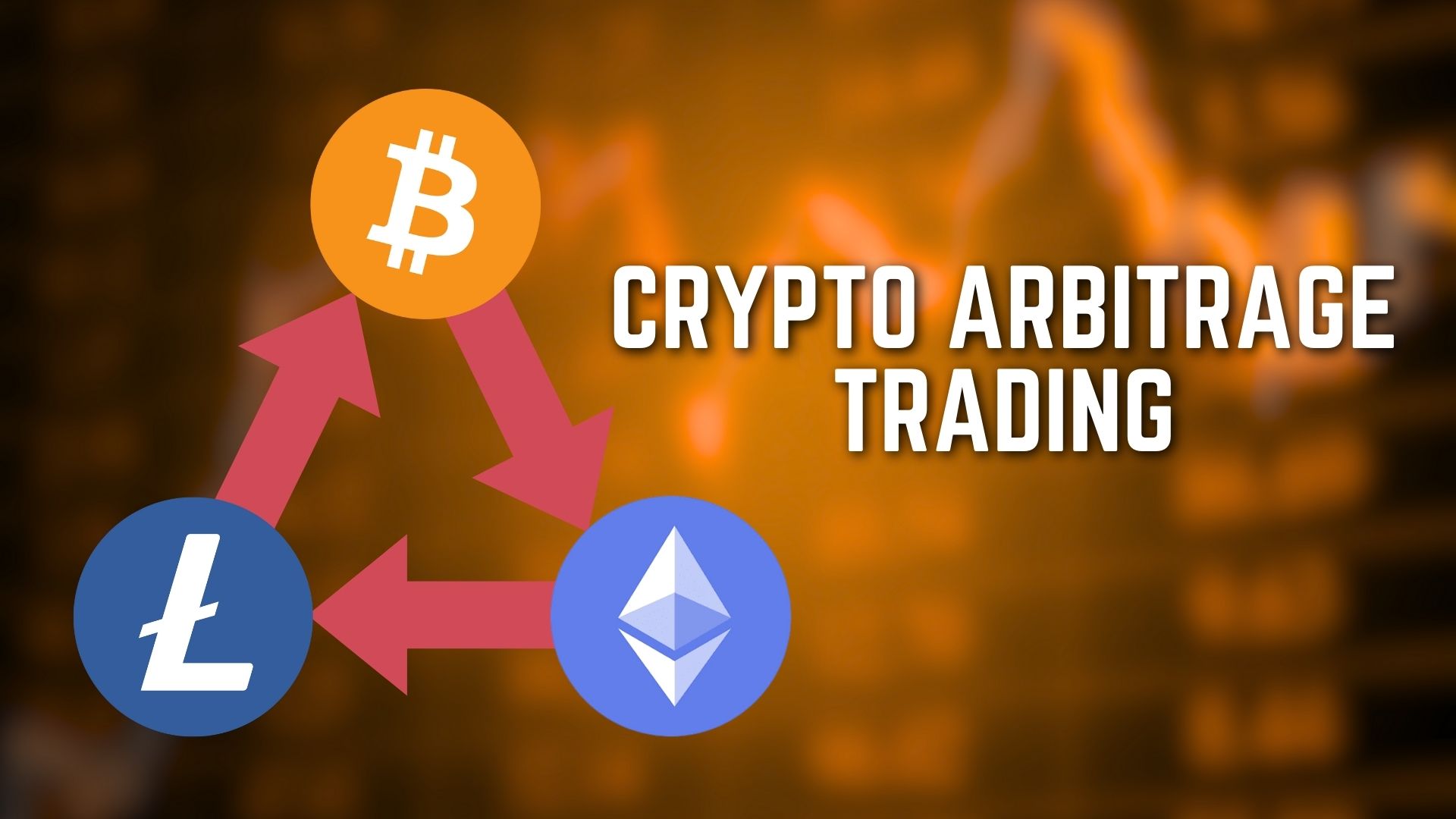Key Points
Crypto arbitrage trading is emerging as a popular strategy for profiting from price differences across various cryptocurrency markets. In this comprehensive guide, we’ll explore the fundamentals of crypto arbitrage trading, strategies for success, and essential tools for traders looking to capitalize on market inefficiencies in 2023.
Understanding Crypto Arbitrage Trading
- Definition and Types of Arbitrage Trading: Crypto arbitrage trading involves simultaneously buying and selling the same asset in different markets to profit from price disparities. There are three primary types of crypto arbitrage trading:
- Spatial Arbitrage: This strategy entails purchasing an asset in one market and selling it in another where it commands a higher price.
- Temporal Arbitrage: This consists of the acquisition of assets in one market and selling them in the same market but later at more profits.
- Cross-border Arbitrage: This is a kind of arbitrage trading where someone purchases an asset in one nation’s market for less than its worth and then sells it in the other nation’s market at a relatively high price.
How Arbitrage Trading Works in the Cryptocurrency Market: In terms of transactions in decentralized exchanges, this implies numerous opportunities for investors to participate in arbitrages. In this way, traders can buy a certain cryptocurrency on one exchange and then resell it on other exchanges with high markups.
Identifying Arbitrage Opportunities in Crypto
Common Arbitrage Opportunities in the Cryptocurrency Market: Several common arbitrage opportunities exist in the cryptocurrency space:
- Price Discrepancies between Exchanges: Variances in liquidity, trading volume, and demand among different exchanges can lead to price discrepancies for the same cryptocurrency.
- Time Zone Differences: With cryptocurrency markets operating 24/7 and exchanges in various time zones, traders may have access to different information, creating price differences.
- Network Congestion: High transaction volumes on a blockchain network can increase transaction fees and confirmation times, resulting in price discrepancies.
Market Inefficiencies Creating Arbitrage Opportunities: Market inefficiencies contribute to price disparities in the cryptocurrency market. Some notable inefficiencies include:
- Lack of Liquidity: Insufficient liquidity in a specific cryptocurrency or exchange can create price gaps, allowing traders to exploit them.
- Limited Access to Information: Traders with better access to cryptocurrency market information can capitalize on price differences and market developments.
- Differences in Regulations: Cryptocurrency regulations vary worldwide, causing price disparities between exchanges in different countries.
Strategies for Successful Crypto Arbitrage Trading
Steps to Take When Analyzing and Identifying Arbitrage Opportunities
- Monitor Price Differences: Continuously monitor cryptocurrency prices across multiple exchanges to identify discrepancies.
- Evaluate Trading Costs: Consider trading fees and transaction times on each exchange.
- Assess Liquidity and Volume: Examine the liquidity and trading volume of each exchange to ensure seamless execution.
- Risk Evaluation: Evaluate the risks associated with executing the trade, including potential price changes and network congestion.
- Utilize Analysis Tools: Employ analysis tools and software to monitor price differences and assess the effectiveness of your trading strategy.
Factors to Consider When Executing Arbitrage Trades
- Timing: Cryptocurrency prices can change rapidly, requiring quick execution to seize arbitrage opportunities.
- Fees: High trading fees can impact the profitability of arbitrage trades, so carefully consider transaction costs.
- Risk Management: Implement risk management strategies, such as setting stop-loss orders, to limit potential losses.
- Availability: Ensure the cryptocurrency you intend to buy and sell is available on both exchanges.
Tools and Resources for Crypto Arbitrage Trading
Recommended Tools and Resources for Identifying and Executing Arbitrage Trades
- Arbitrage Bots: These automated programs monitor cryptocurrency prices across multiple exchanges and execute trades when price differences arise.
- Cryptocurrency Scanners: These tools scan the market for price differences and highlight potential arbitrage opportunities.
- Cryptocurrency Price Trackers: Monitor cryptocurrency prices on various exchanges in real time, providing updates on market conditions.
Top Cryptocurrency Exchanges for Arbitrage Trading
- Binance: Known for its high trading volume and liquidity, Binance is a preferred choice for arbitrage trading.
- Huobi: Offering a wide range of cryptocurrencies and competitive fees, Huobi is another favored exchange for arbitrage.
- OKEx: With high trading volume and liquidity, OKEx is a popular platform for arbitrage trading.
Analysis Tools and Software for Monitoring Multiple Exchanges
- Coinigy: Provides real-time monitoring of multiple cryptocurrency exchanges, enabling traders to execute trades directly from the platform.
- CryptoWatch: Offers real-time monitoring of cryptocurrency prices and allows traders to set alerts for price changes and market trends.
- TradingView: Provides real-time monitoring of cryptocurrency prices and offers technical analysis tools for market analysis.
Conclusion
Crypto arbitrage trading presents an opportunity for profit in the cryptocurrency market. While price disparities between exchanges are typically small, traders can leverage arbitrage strategies for financial gain, especially on decentralized exchanges or automated market makers (AMMs). As we step into 2023, understanding and mastering

